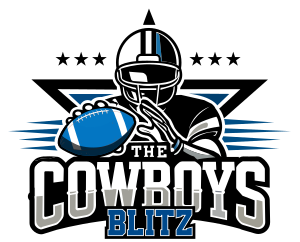Joefrl
Member
- Messages
- 189
- Reaction score
- 3
Of course, we already know what is meant by going to the ground, so again, there is no reason to speculate. If you really want to understand these plays, look into the league's official explanations. Catch up with the rest of us information-wise. You'll be better able to address the points being made, and you won't be at such a disadvantage in the debate.
Disadvantage? Hardly.
I have been watching football since about Superbowl X. I have been pretty much reading the rule book since then as well. I can almost recite many of them by memory. I have gone through all of the changes of the catch rule, since it used to be identical to Baseball. So, I understand the logic behind all of the changes that have been made to catch rule. If you and I disagree on an interpretation, chances are I am right.

